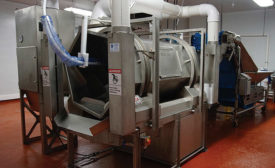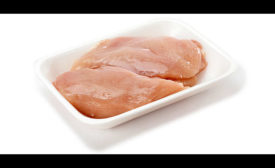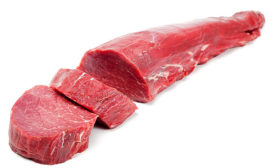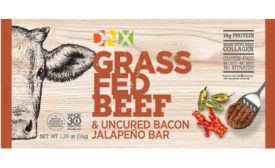Home » Keywords: » protein
Items Tagged with 'protein'
ARTICLES
ADM’s 2023 Global Trends Report emphasizes a growing need for expanded protein choices.
Read More
USPOULTRY announces 2022 Poultry Protein & Fat Seminar
Seminar to be held Oct. 5–6 in Nashville.
Read More
Commentary | Protein Problem Solvers
Pineland Farms Natural Meats successfully implements Elite 360 System to Treat Beef Trim
Read MoreTech | Packaging
The future of deli trays
Thermoformed trays may take a leap forward in 2021.
Read More
Snacking movement gains momentum
Shoppers' increasing interest in snacks presents expansion opportunities.
Read More
Formulation Strategies | Meat Snacks
Attacking snack appeal
With more consumers increasing snacking activity, merchandisers are in position to boost meat and poultry revenues with new options and by spotlighting the proteins' attractive attributes.
Read More
Stay ahead of the curve. Unlock a dose of cutting-edge insights.
Receive our premium content directly to your inbox.
SIGN-UP TODAYCopyright ©2024. All Rights Reserved BNP Media.
Design, CMS, Hosting & Web Development :: ePublishing














